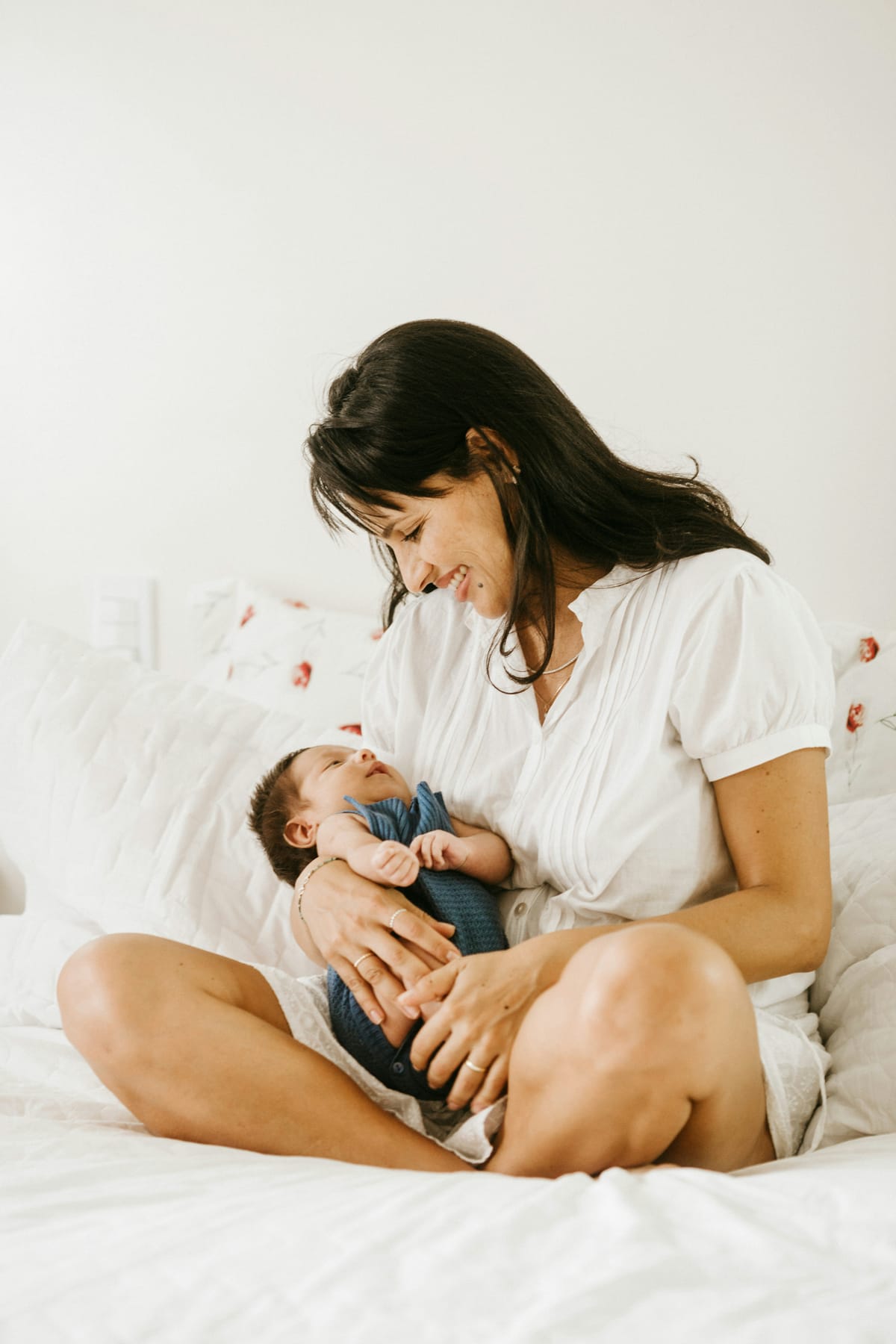Connecting the pelvic floor muscles to the pelvic organs, we often suddenly become aware of the perineum after giving birth says Lucy Corkhill. An estimated 85% of women experience some degree of perineal tear.
Where is it? The perineum is the delicate piece of skin found, on a woman (though men have a perineum as well), between the vagina and anus.
Damage to the perineum can have a serious impact on women’s health: stretching or tearing of the area can remove vital support from the back wall of the vagina in turn making prolapse of the uterus more likely. Scarring and perineal trauma can cause severe discomfort or pain during sex and those who have suffered the indignity of bowel or bladder incontinence will tell you just how important the pelvic floor muscles are.
But, perhaps most of all, damage to the perineum can be hugely upsetting and demoralising in those early weeks of motherhood, when going to the toilet or even sitting down feels terrifying, and it can compound postnatal depression and affect bonding with your baby. In cases of third and fourth degree tears (which many attribute to episiotomies tearing further) in which the vaginal and rectal canals are damaged, the emotional impact of such an injury can be enormous.
Here are some ways to protect it and heal the area after childbirth:


